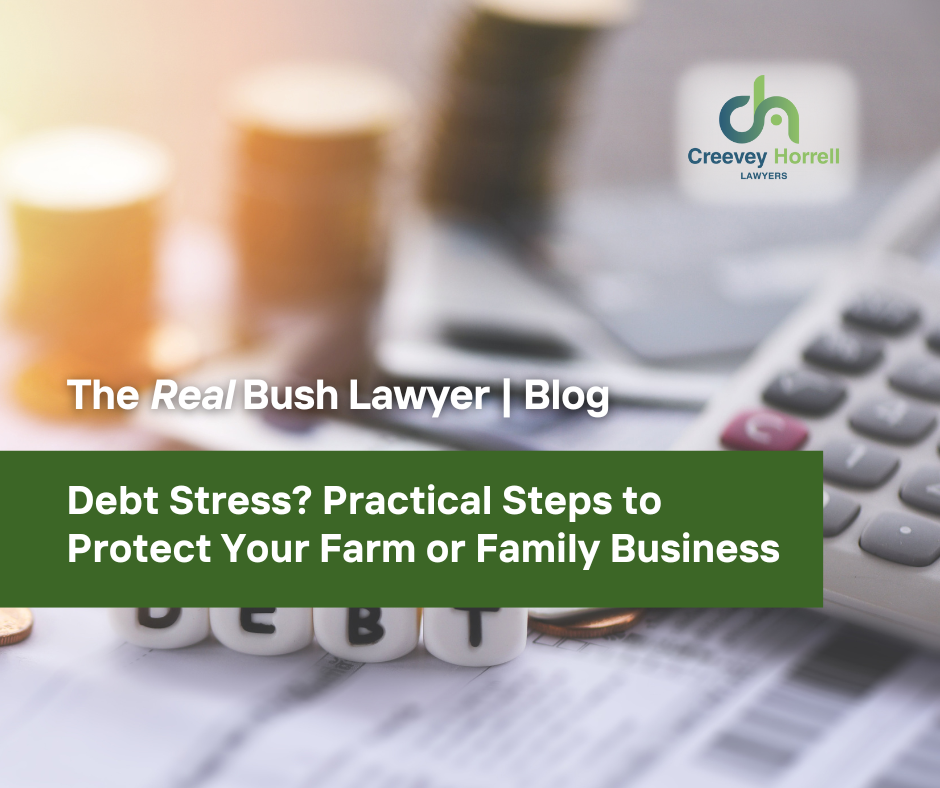DOMESTIC VIOLENCE ORDERS | DIFFERENCES, BREACHES AND CONDITIONS
- yyong59
- Jul 13, 2022
- 3 min read

The number of applications made under the Domestic and Family Violence Protection Act has been rapidly increasing. An application made against you can have considerable negative impacts in your life. On the other hand, they are important if you need urgent assistance. But It’s not all black and white.
In light of this, it’s time to reconvene and reassess.
First: What is a Domestic Violence Order, who is involved and what are the types?
What is a Domestic Violence Order?
“A domestic violence order (DVO) is an official document issued by the court to stop threats or acts of domestic violence.” (courts.qld.gov.au)
Who is involved?
A DVO will refer to a ‘respondent’ who is the person who has committed the domestic violence, and the ‘aggrieved’ who is the person who has had the violence against them.
Creevey Russell Lawyers have experience in representing both the aggrieved and the respondents in domestic violence proceedings.
What are the types of DVOs?
There’s two types of DVOs, the first being a protection order.
Protection orders are made by a magistrate in court to protect people in a domestic and family violence issue. (courts.qld.gov.au) These can last for five years.
Then there’s temporary protection orders that are active for a shorter time but can be put in place urgently and considered early by a magistrate, whilst the Application is being decided.
What Happens Post-Application
Whether you’re responding to the application or applying for the order – these DVOs can be tricky to navigate and have a large impact on those involved. Once made - the respondent must decide if they want to contest or consent. Like anything there are both positives and negatives with each option.
The Conditions + Breaches of a DVO
Should the Court make a DVO (of either type) naming a respondent, the respondent must follow the conditions. Namely, the condition is to be of good behaviour and not commit domestic violence against the aggrieved or any other person named in the DVO. The applicant can outline specific conditions or keep it broad.
If the respondent doesn’t comply with the conditions, this is called a breach.
Common examples of a DVO breach that we have encountered, handled and dealt with in our experience in domestic violence cases include:
• further sexual or physical assaults;
• contacting the aggrieved; (texts, emails, calls and more)
• following and stalking the aggrieved; and
• and verbal abuse toward the aggrieved.
If the respondent is charged with a breach offence (under the Domestic and Family Violence Protection Act), they’ll be required to attend court. Creevey Russell Lawyers has experience in representing these individuals and have shown proven commitment to ensure they receive the best representation possible.
Cross Applications
Sometimes both parties may apply for DVOs against one another. The court will try to hear both matters together. (courts.qld.gov.au)
Comprehensive Advice As To The Most Appropriate Way To Proceed
If you feel as though you require additional protection by making an application for a domestic violence order, or should you be required to respond to a domestic violence order, please contact our dedicated team of lawyers so that we can provide you with comprehensive advice as to the most appropriate way to proceed. Learn more about our Domestic Violence team of senior associates, lawyers and paralegals here.
Contact Creevey Russell Lawyers, Brisbane, Toowoomba and Roma, Today.
#legal #lawfirm #lawyers #law #lawyer #litigation #attorney #creeveyrussell #creeveyrusselllawyers #criminallawyers #agribussiness #rurallaw #commerciallaw #crimeandmisconduct #brisbanelawyers #domesticviolence #familylaw #trafficoffence #willsandestates #toowoombalawyers #romalawyers #247crimehotline




.png)




Comments